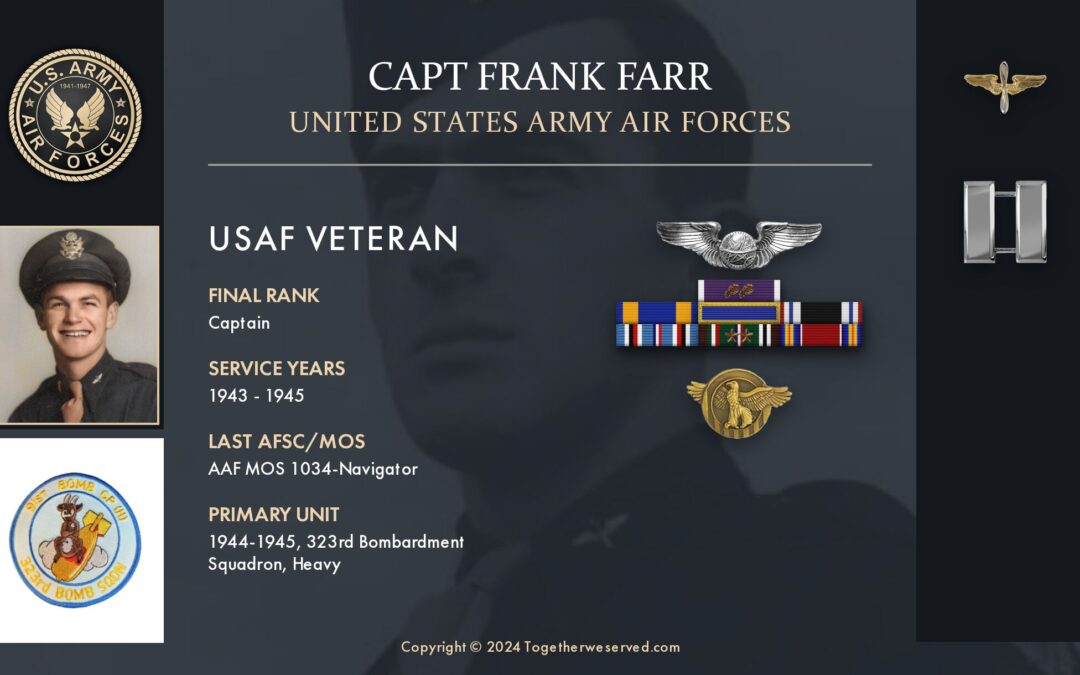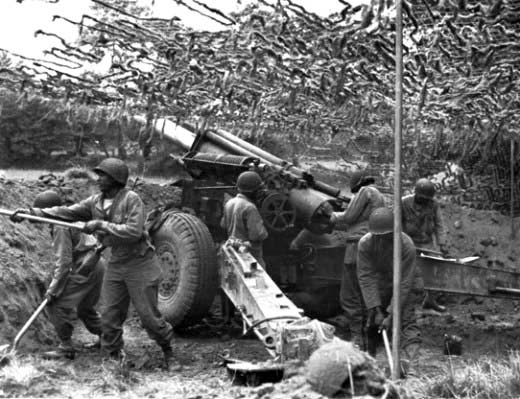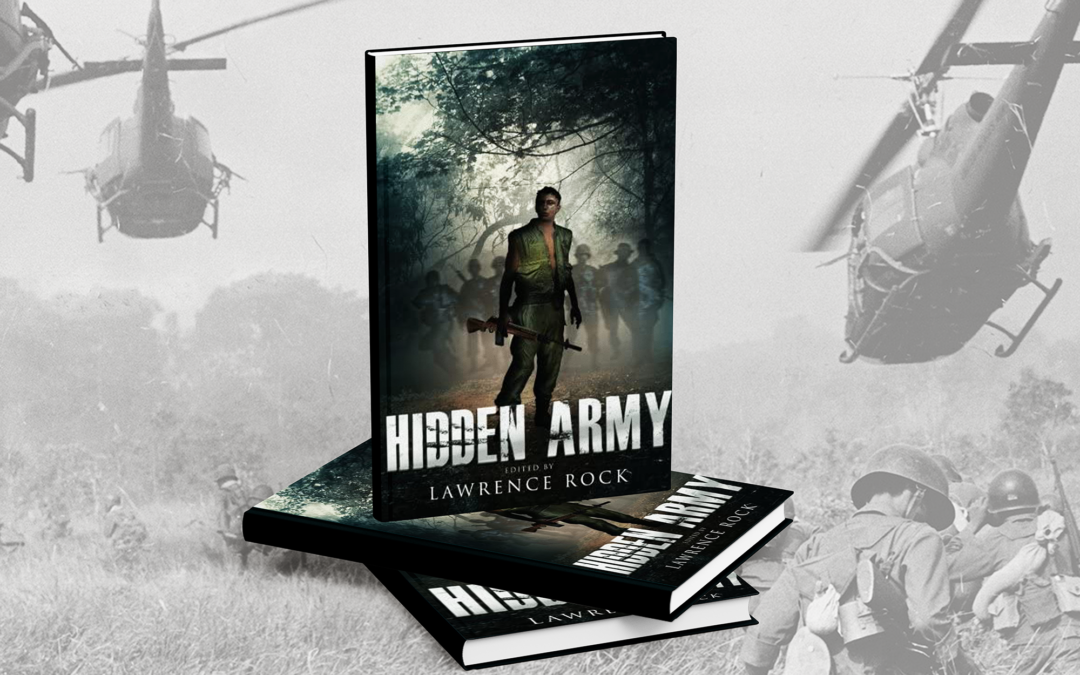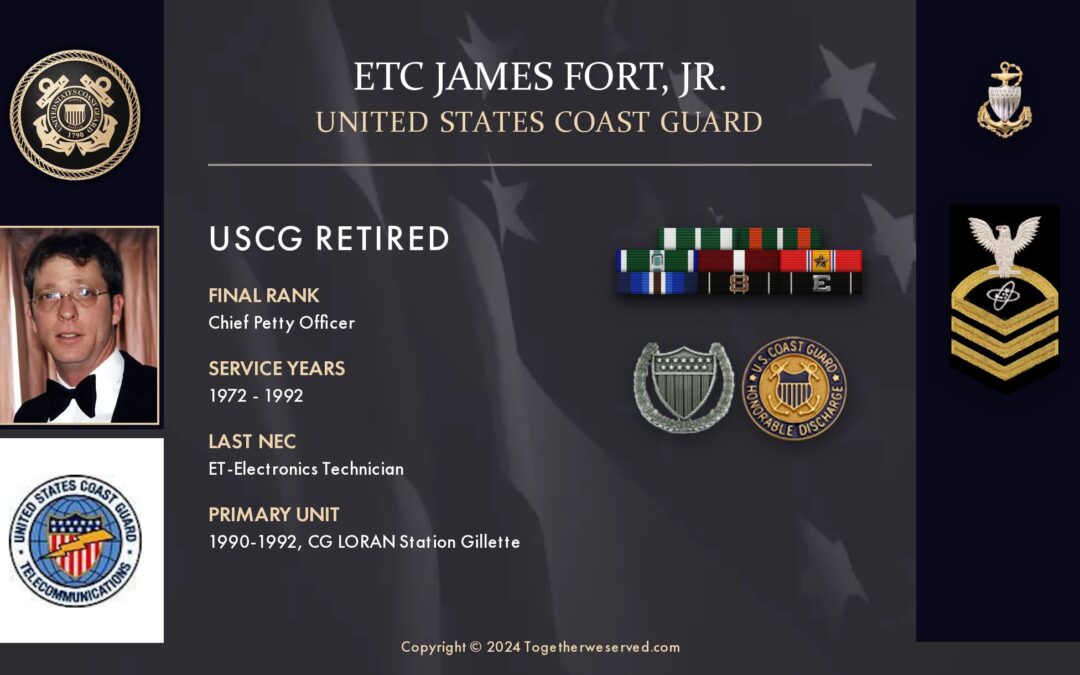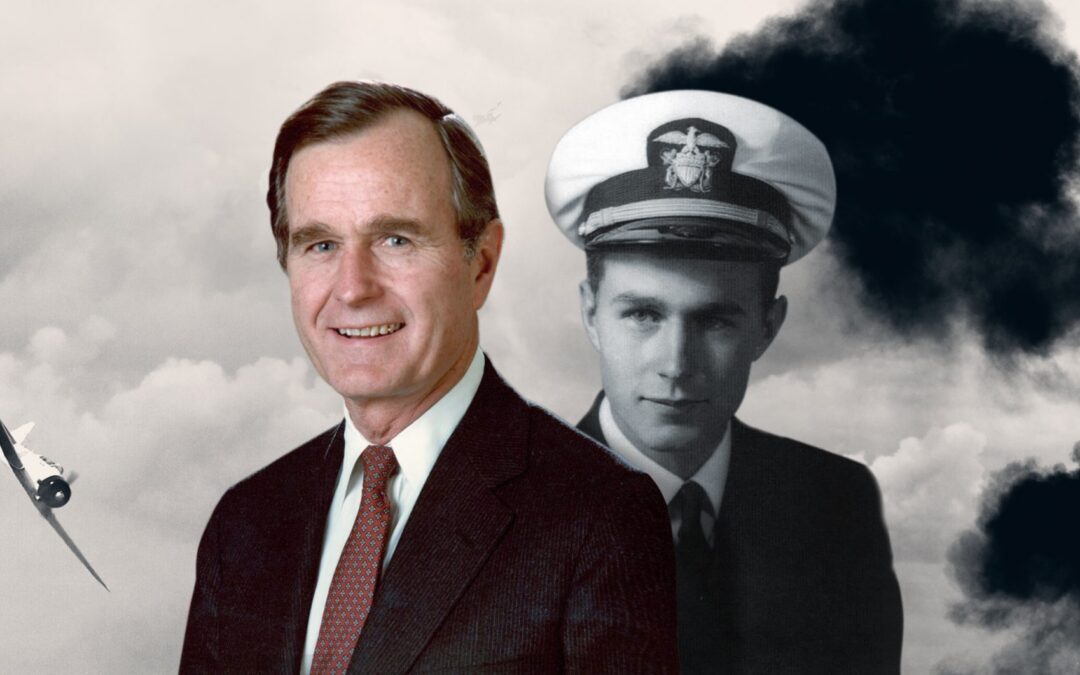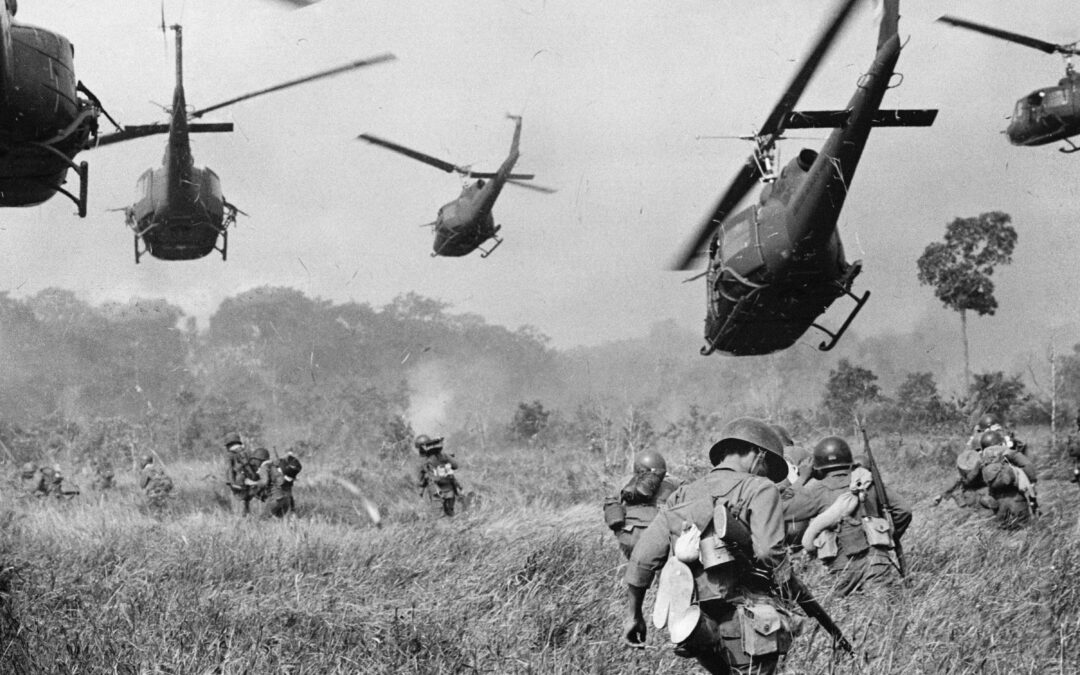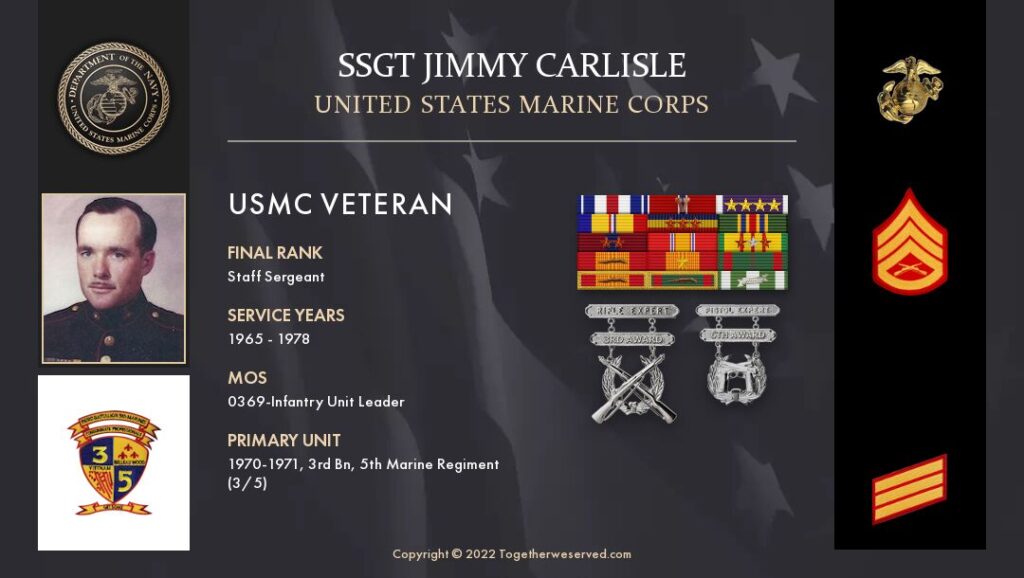I was born in a tiny apartment somewhere behind the screen of a movie theater in Picher, Oklahoma, on March 3, 1924. I am told that as my mother’s labor pains intensified and came more frequently, the theater owner/manager sent the patrons home and locked the doors so she could have some privacy in her travails. My father was working in the mines in and around Picher, which was booming in the 1920s, and the little apartment was the only residence they could find at the time.Despite them being similarly reserved and not the type of men to brag, I could hardly wait to visit them so I could beg them to tell me war stories. The experiences they shared with me made a lasting impression during my early childhood, which further aroused my desire to serve my country.
